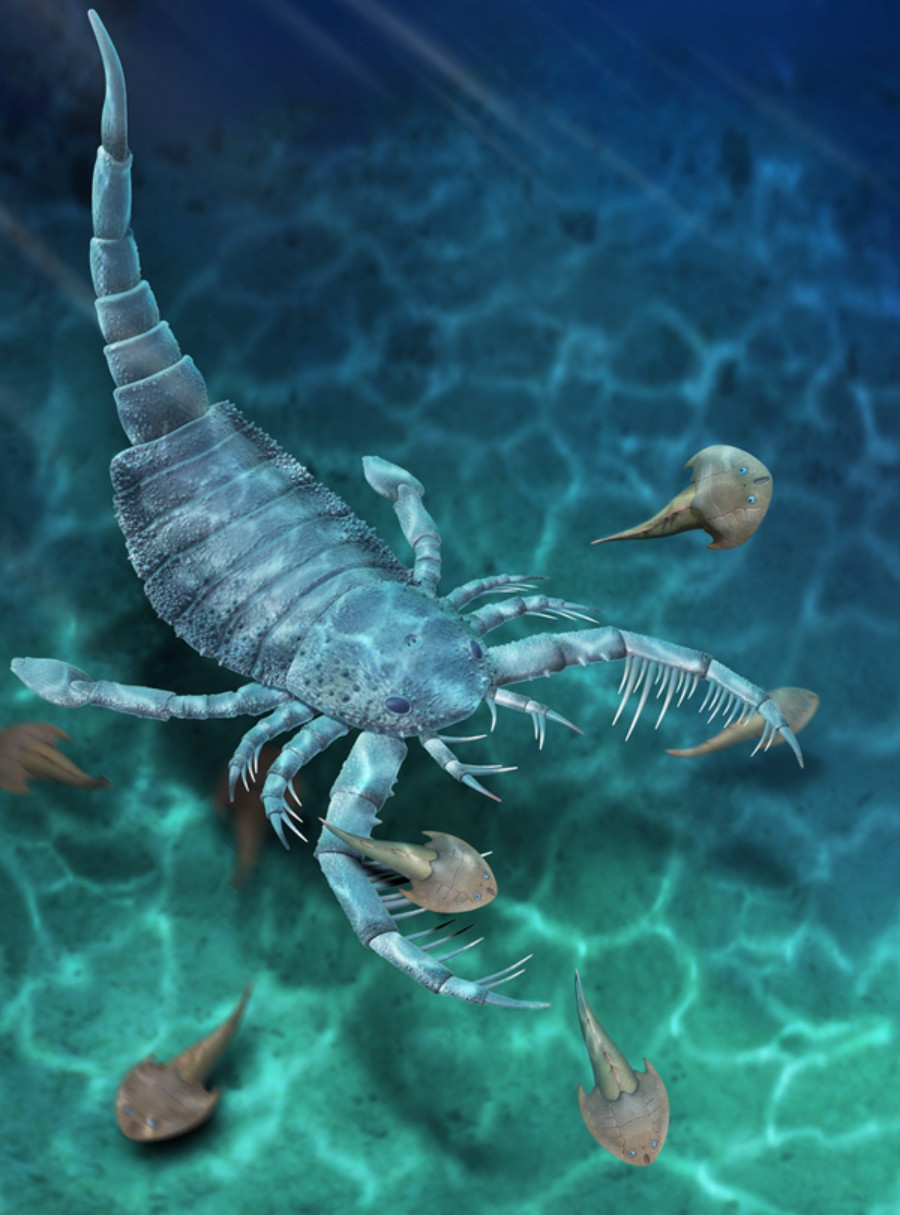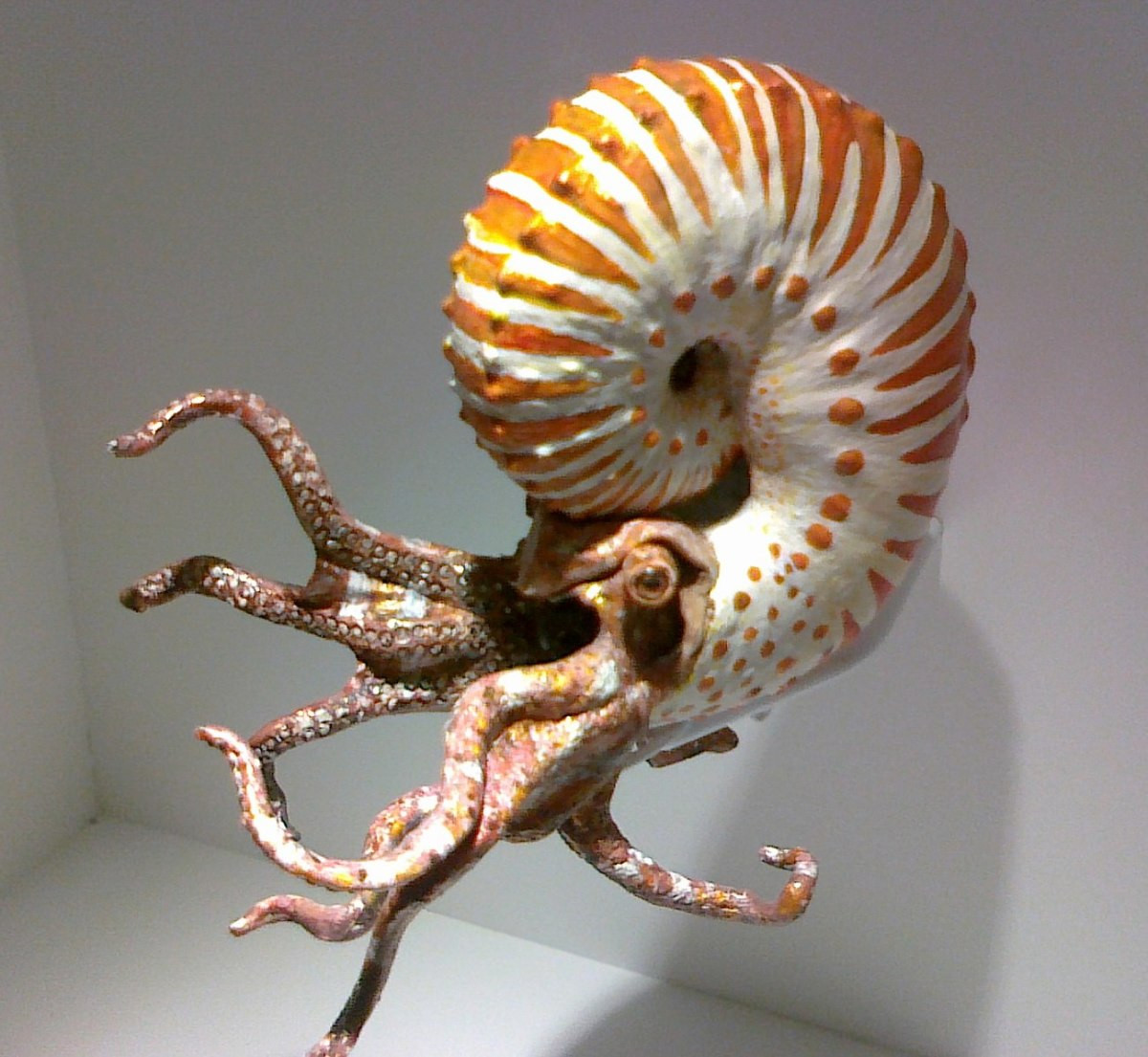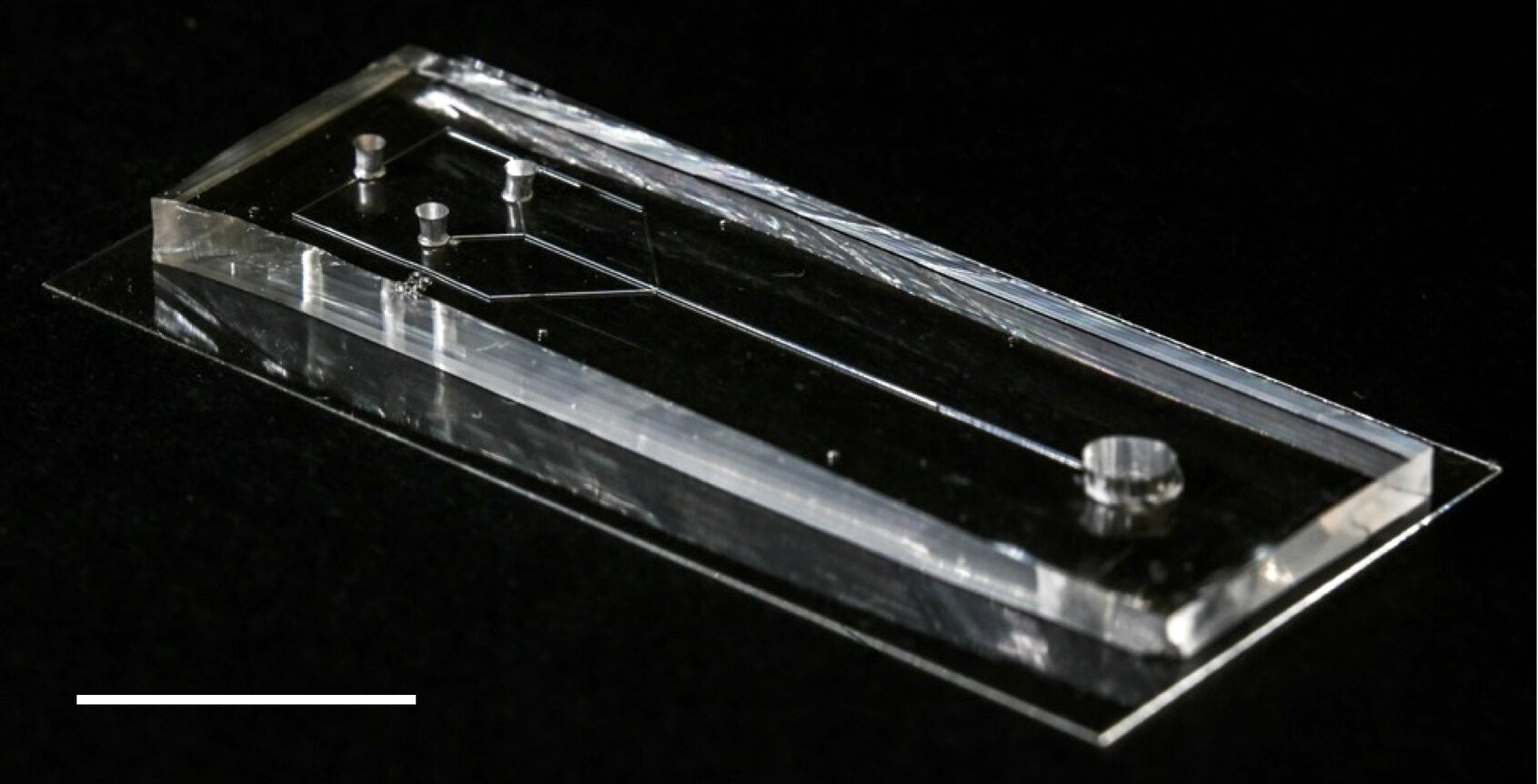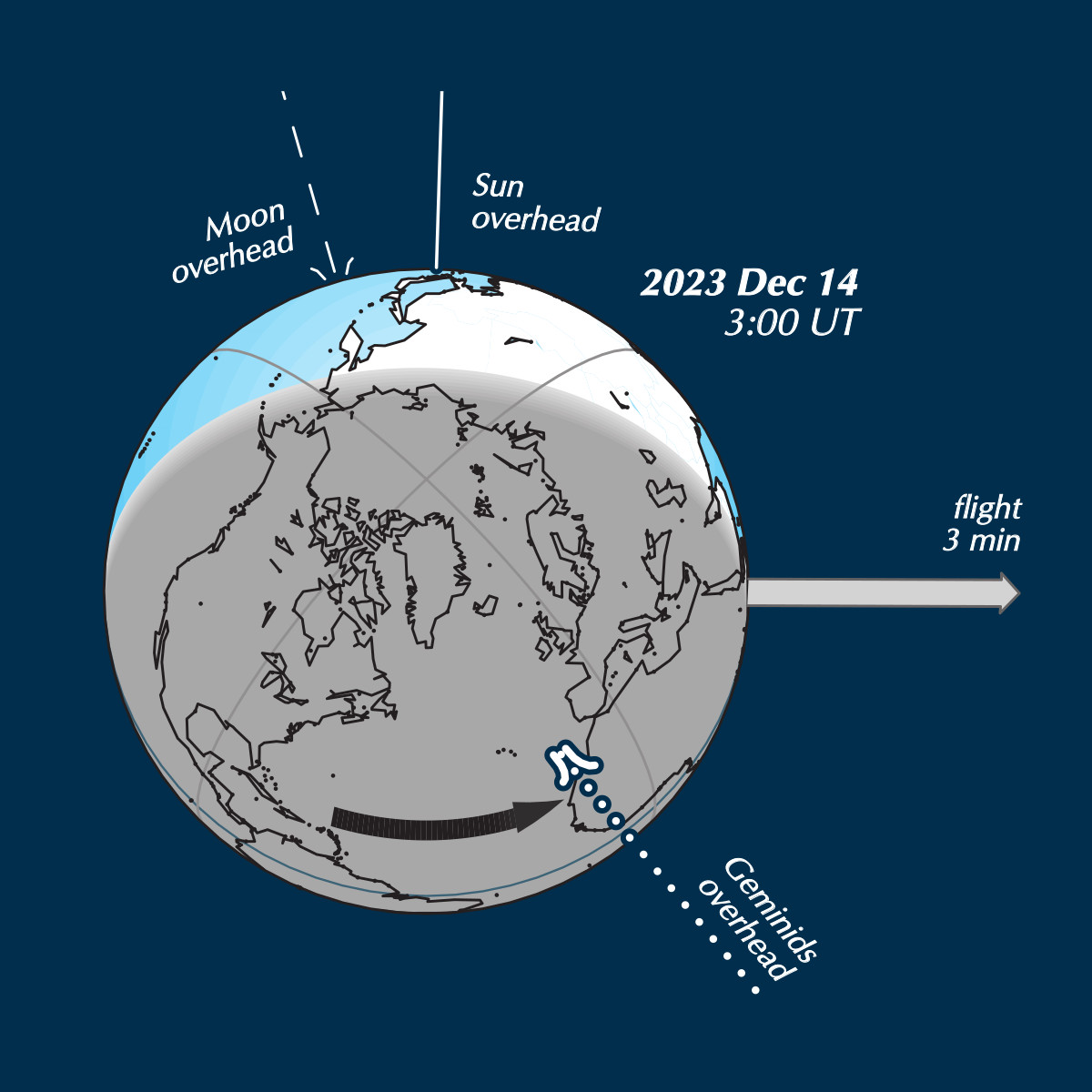The discovery of the remnants of enormous ancient scorpions has left scientists with more questions than answers. An international team of paleontologists uncovered evidence of eight-foot-long arthropods that lived roughly 400 million years ago. The gargantuan creatures are called eurypterids, colloquially known as sea scorpions. They belong to an extinct group of aquatic arthropods, making them ancient relatives of crabs, lobsters, and spiders. The latest fossils were imprinted in a rock layer in present-day New South Wales, Australia. They date back to the Silurian era (443.8 to 419.2 million years ago) and Devonian era (419.2 to 358.9 million years ago) respectively. While some eurypterid fossils were previously found in Australia, they were too fragmented to classify, making the discovery all the more exciting. The researchers note that the fossils were mostly of exoskeletons. One belonged to the genus Pterygotus, the other to Jaekelopterus. Pterygotus could reach 1.7 metres in length, or around five feet, seven inches. Jaekelopterus, on the other hand, could grow as long as 2.5 meters, or over eight feet - substantially larger than a person. The researchers published their findings Saturday in the journal Gondwana Research, revealing that their discovery came with several unanswered questions. For starters, the fossils were nearly identical to others scattered around ancient Gondwana. The supercontinent splintered into present-day Africa, South America, Australia, Antarctica, the Indian subcontinent, and the Arabian Peninsula. This suggests the sea scorpions were somehow able to swim thousands of kilometers. The research team suggested that the scorpions' giganticism may have aided their migration. However, the reverse scenario, in which long distances stoked the evolution of their formidable size, is also possible. It is currently unclear whether sea scorpions traversed the waters with the changing seasons or only crossed once. Their sudden extinction remains one of the biggest mysteries. Since their trail appears to end around 393 million years ago, scientists suspect they perished due to changes in their environment. This is around the start of the Carboniferous period, characterized by low sea levels and the formation of glaciers. More than 200 species of sea scorpions have been recorded, but fossils rarely turn up in Oceania. "Due to their size and preservational potential, eurypterids have been well-documented in European and North American deposits, with less evidence from Gondwana," the authors wrote. "There is particularly limited evidence of the group from the Australian fossil record." While it is just a start, the discovery is a launching point for future research. Beyond painting a broader picture of eurypterids, the fossils help researchers understand the development of ancient life in Australia. "We conclude that these new records evidence the diversity of larger arthropods in Australian deposits and that ongoing documentation of these rare fossils is required to further understand the Paleozoic of Australia," the authors wrote.
Nina Patel
Science Journalist
Exploring scientific discoveries and breakthroughs.

















